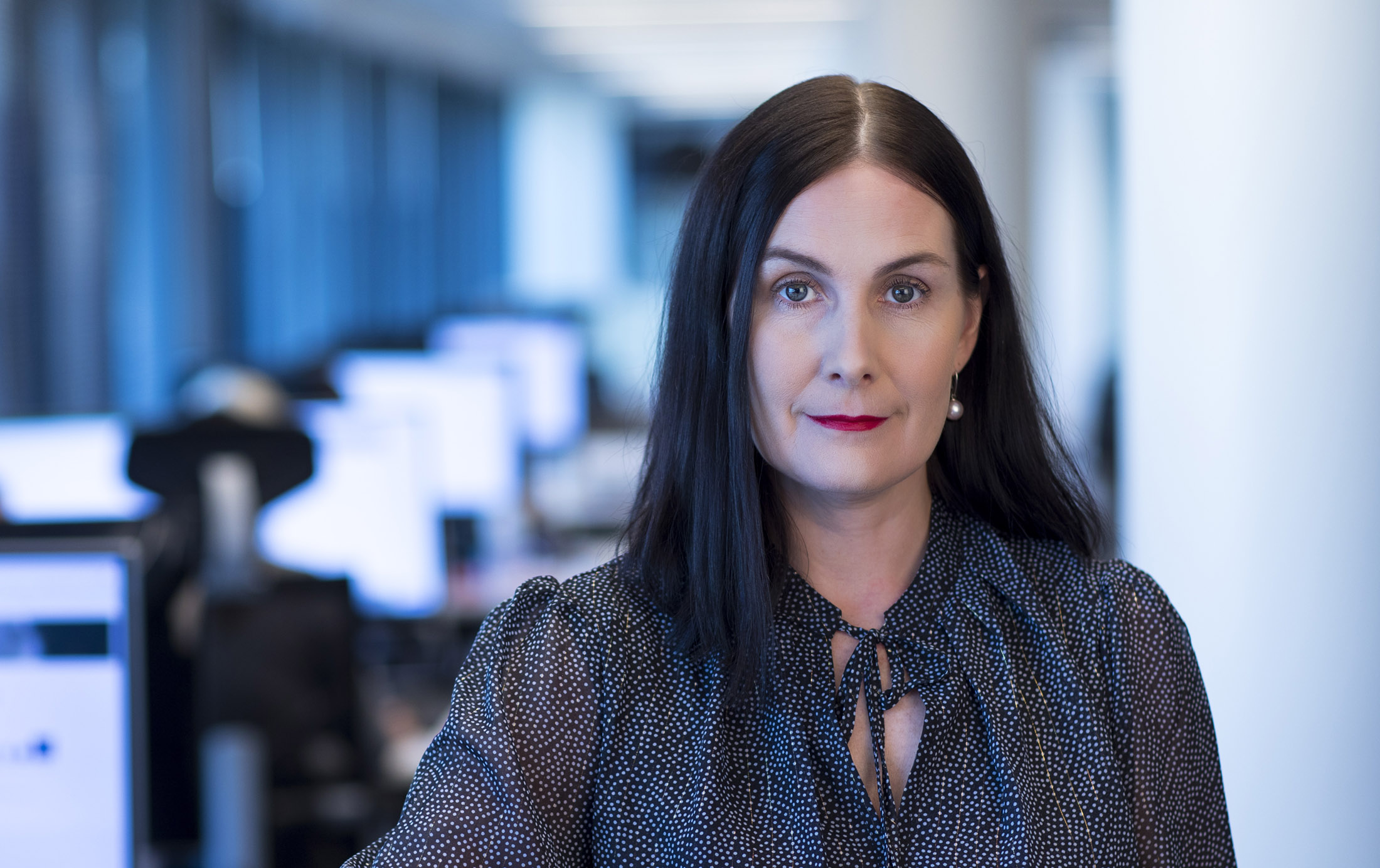Management culture evolves in parallel with society
Growing from a small company into a big one with a management culture that emphasised soft values, which was starting to become more and more established in Estonia, brought changes to Rimess Baltic as well. By the second half of the 2000s, its staff numbers had reached almost 80 people involved in accounting, auditing and advisory who had little contact with one another at work. It was necessary to start using different methods to build bridges between departments, as there was insufficient room for everyone around the same table to discuss work or celebrate a colleague’s birthday.
Marge Litvinova explains: “We started building up the foundations in 2012 to bring the company into a new era. We were also supported by the fact that in the same year we joined Grant Thornton’s global network, which has strong client- and employee-centric values. Among other things, we also started paying more attention to the employee and client experience and to the training of managers, including middle managers. We started with the 360-degree feedback process for managers, which confirmed that in addition to first-rate specialist skills, the focus also had to be on developing people’s leadership competencies.”
Implementing these innovations took several years and met with some resistance along the way, because who really likes change. However, in the end the results were achieved: the company culture became more coherent and cooperation between departments more efficient. The competence of middle managers also improved, allowing them to skilfully manage their own areas and people.
Head of People & Culture Marge Litvinova does all she can to ensure the preservation and development of a company culture that values teamwork and development.
The circle of those making decisions about the future of the company also started to grow. Janno Greenbaum recalls: “In the early days, decisions that were important for the firm were only made by the partners, but as time went on, more and more decision-making power and opportunities were channelled downwards, to department heads and employees.”
Anastasia Borovaja gives an example: “When we prepare our strategy for the coming three years, we start with each department discussing what needs to be focussed on and what goals people want to achieve. We take up these ideas with the partners and then make the final selection. Working to achieve the goals we’ve set together is much better than following a set of rules handed down to us from above.”
Partner in Charge of Advisory Services Mart Nõmper summarises the topic: “Our organisational culture is aimed at cooperation. We’re not bosses and underlings, but equals with different jobs and responsibilities.”


